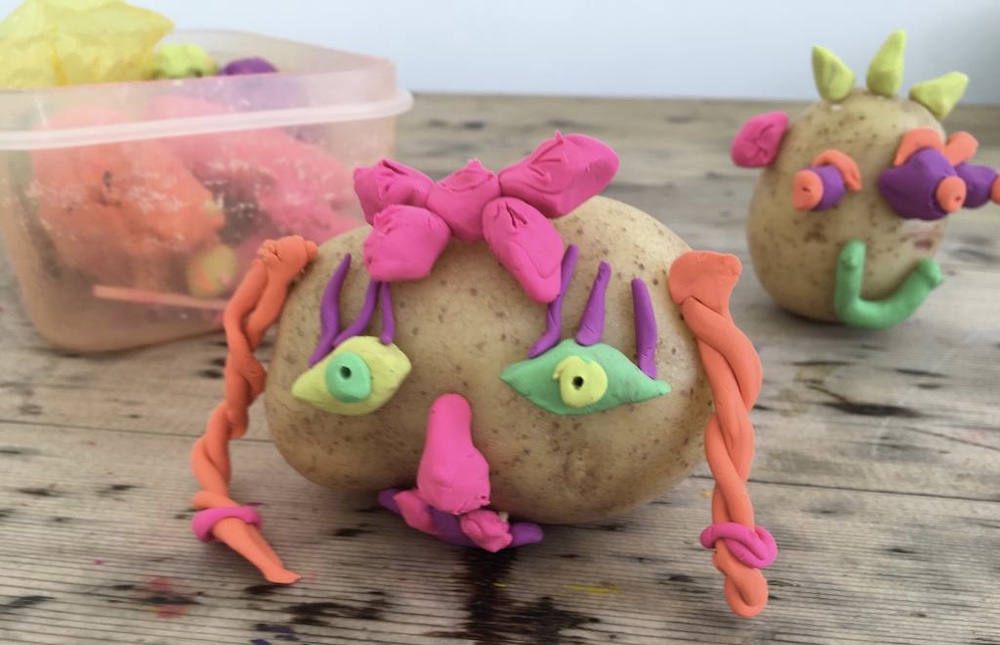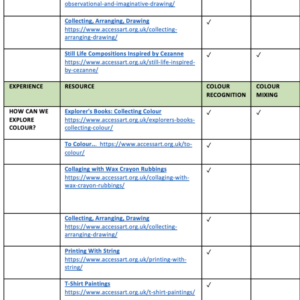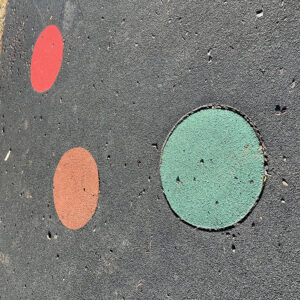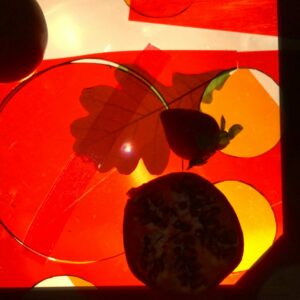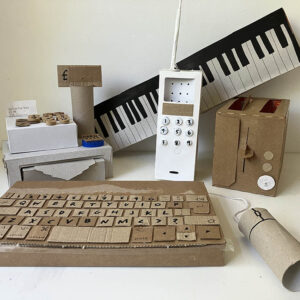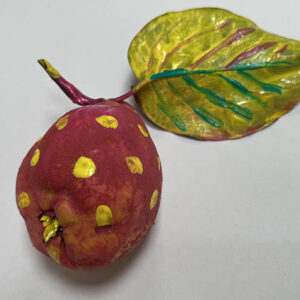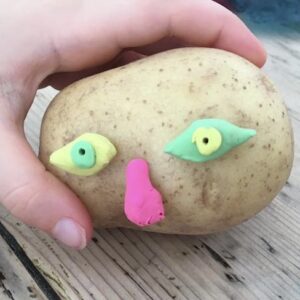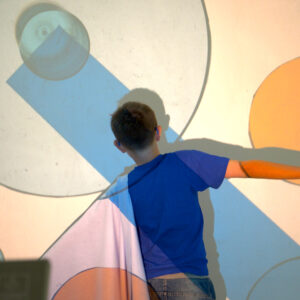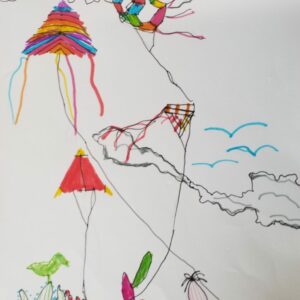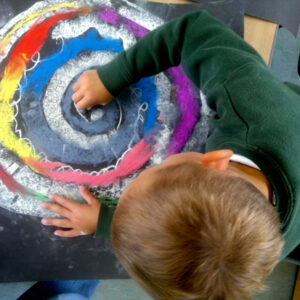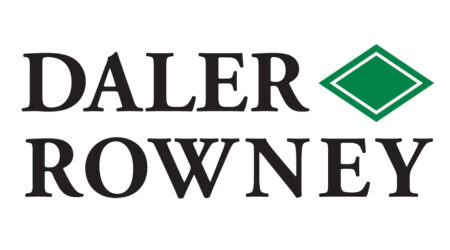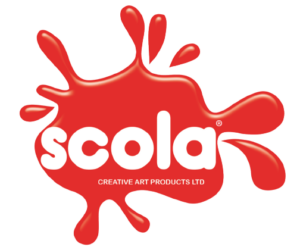The resources below do not follow set pathways and do not need to be introduced in a particular order, neither is there any need to cover all activities. Instead, approach planning in a playful way, by asking yourself which activities do you think your children would enjoy, and which would you enjoy facilitating.
Try to choose at least one activity from each section (bearing in mind that many of the activities appear in more than one section). Balance out 3D making with 2D opportunities such as drawing, printing or painting.
